No time like the present for a gift
Nov. 29 is Giving Tuesday, a national day of philanthropy. Help support the next generation of Ohio farmers.
Read MoreUniversity of Findlay encourages students to become large-animal veterinarians or, at the very least, mixed-practice veterinarians.
Castrating a hog might not be the first lesson a freshman in the University of Findlay’s animal science program expects to master, but it just might be. Hands-on learning is at the heart of the curriculum.
“If you leave here and haven’t dewormed, vaccinated and castrated animals, it’s your own fault,” said F.D. McCarthy, chairman of the Department of Animal and Pre-Veterinary Studies at the small liberal arts college in northwestern Ohio’s Hancock County. “We have the approach that not only is academically important, but handling animals is important, too.”
About 600 of Findlay’s 2,200 undergraduate students are animal science majors, making it the largest undergraduate major at the school.
And although Ohio State University has a renowned animal sciences program, Findlay has no trouble attracting students to its own program, McCarthy said. This year, for example, nearly 200 of the school’s 650 incoming freshmen were animal science majors. A hundred more are part of the school’s well-known equestrian program, making large animal studies an enormous segment of the school’s curriculum.
“The hands-on learning is the most unique part of our program relative to other, larger programs, but it’s also the faculty here and the amount of time they put in working with students, advising them and being available to them,” McCarthy said. “I went to three large universities, and there’s a different kind of atmosphere here.”
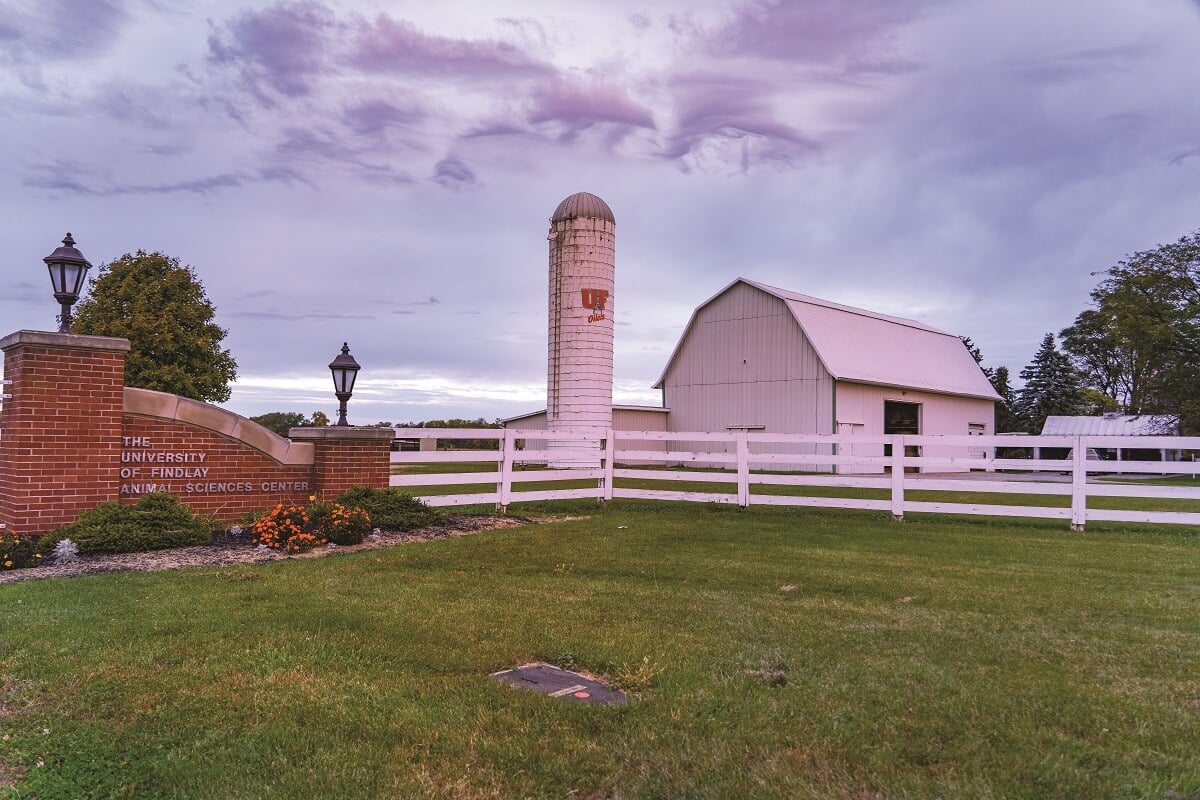 Animal science majors at Findlay choose one of three concentrations. The oldest is the pre-veterinary medicine option, designed to train students to attend veterinary school after graduation. Over the past 10 years, 80% of these students were accepted to a veterinary school the first time they applied – a rate more than two times the national average, according to Findlay officials.
Animal science majors at Findlay choose one of three concentrations. The oldest is the pre-veterinary medicine option, designed to train students to attend veterinary school after graduation. Over the past 10 years, 80% of these students were accepted to a veterinary school the first time they applied – a rate more than two times the national average, according to Findlay officials.
About 15 years ago the pre-veterinary program was expanded to include two other concentrations: science, for students who want careers related to animal research and testing, and industry, for students who want to work in agricultural areas such as herd management, implement sales and production, and production and service-based businesses.
“Making the change gave us more flexibility from a student career path aspect,” McCarthy said. “We draw students from all over the United States, with a majority from the Midwest. And the majority comes from a suburban or urban environment. Most know nothing about animal production.”
But they quickly learn. Most of the program’s classes about animals focus on food animals, and McCarthy hopes that translates into more pre-veterinary majors becoming large animal veterinarians.
 Nationwide, there has been a shortage of large animal veterinarians, also called food-animal veterinarians, in recent years. The U.S. Census estimates an overall shortage of 15,000 veterinarians by 2025, mostly in rural areas.
Nationwide, there has been a shortage of large animal veterinarians, also called food-animal veterinarians, in recent years. The U.S. Census estimates an overall shortage of 15,000 veterinarians by 2025, mostly in rural areas.
“It’s a bigger issue than we ever thought,” said Ohio’s state veterinarian, Dr. Dennis Summers.
Summers said two intertwined factors have shrunk the nation’s food-animal veterinarian numbers: Veterinarians typically have $150,000 to $200,000 in student debt after graduation, and food-animal veterinarians generally make less than small-animal veterinarians.
To help with the shortage, Findlay encourages students to become large-animal veterinarians or, at the very least, mixed-practice veterinarians, McCarthy said.
“All of the work done on our animals – 80 beef cattle, 250 breeding sheep and 60 or so breeding goats – is pretty much done by students, either as part of their classes, by volunteers or by paying students,” he said
Last summer some of the young people helping with the animals were part of the Ohio Farm Bureau Foundation’s ExploreAg program.
ExploreAg organizes free, weeklong summer camps and one-day clinics aimed at exposing high school students to agricultural careers. This year for the first time one of the weeklong camps was held at Findlay.
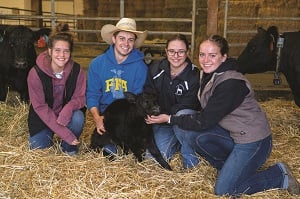 “It’s a smaller school atmosphere and we’re trying to give youth different perspectives at schools in different parts of the state,” said Jana Mussard, ExploreAg and ag literacy specialist for Ohio Farm Bureau.
“It’s a smaller school atmosphere and we’re trying to give youth different perspectives at schools in different parts of the state,” said Jana Mussard, ExploreAg and ag literacy specialist for Ohio Farm Bureau.
Participants had plenty of hands-on experiences with Findlay’s farm animals, as well as visits to agricultural businesses nearby and tours of Findlay’s agricultural research labs and equestrian facilities, Mussard said.
The camp will return to Findlay next summer, as well as to Ohio State University Columbus campus and Ohio State’s Wooster campus.
“Most people don’t think of a liberal arts program as having animal sciences,” McCarthy said. “Hosting outside events that are agriculture related gives us a little more exposure to the general public.”
Summers said Findlay’s animal science program is “on the forefront, especially its pre-veterinary program, and students get an intense learning experience in an intimate setting in a part of Ohio that’s heavily agricultural.”
Animal science programs, he said, are foundational for training livestock professionals for Ohio’s No. 1 industry, agriculture.
“To produce students who have a passion for animal livestock in particular, that helps us produce good quality food for Ohioans,” Summer said.
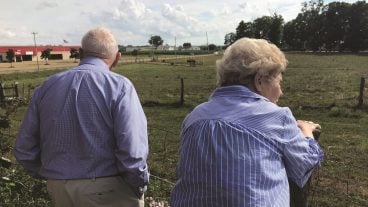
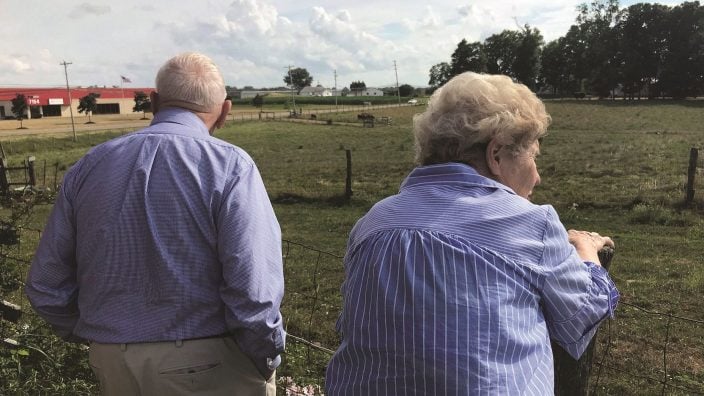
Nov. 29 is Giving Tuesday, a national day of philanthropy. Help support the next generation of Ohio farmers.
Read More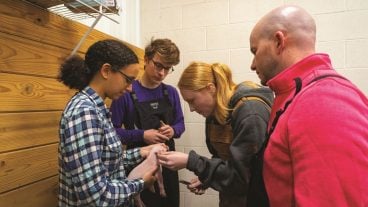
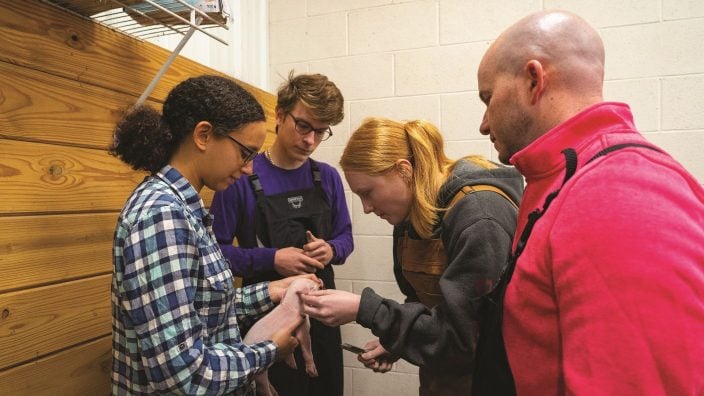
University of Findlay encourages students to become large-animal veterinarians or, at the very least, mixed-practice veterinarians.
Read More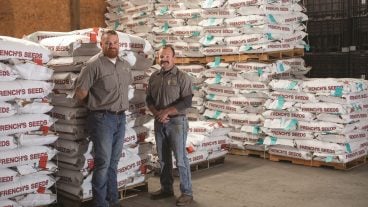
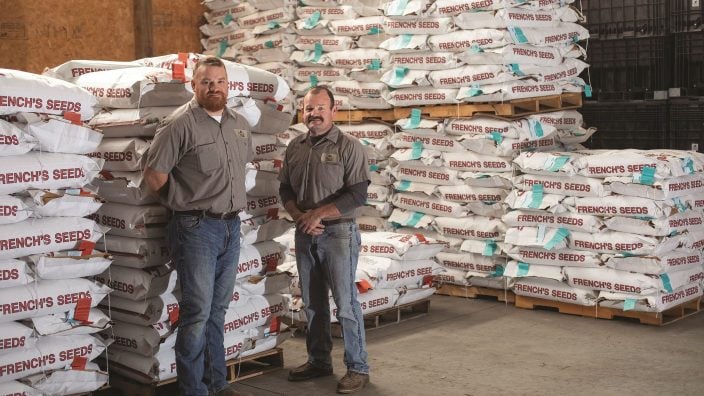
Spelt is a popular alternative to wheat as it can be grown on low fertility soils and is high in dietary fiber, protein and whole grain carbohydrates and rich in other essential nutrients.
Read More

Bob Stehli has a lifelong love of chestnut trees, and a passion to create just the right hybrid combination to make them disease and insect resistant. The experiment is ongoing.
Read More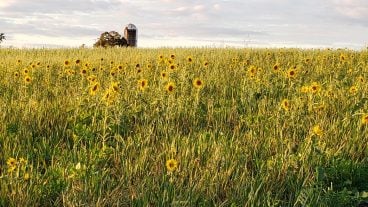
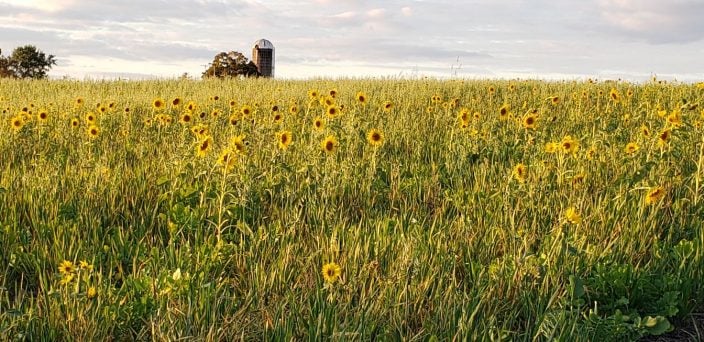
Consult with your farm’s team of trusted advisers in drafting your next farm lease. That includes your lender, accountant, attorney and insurance provider.
Read More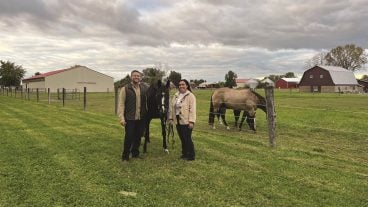
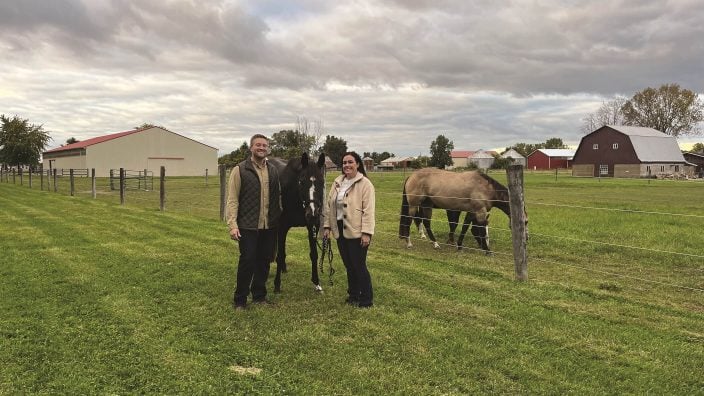
‘When we upsized to a home with facilities for livestock, we were relieved when Nationwide again provided the best coverage options amongst the several companies we compared.’ ~ Bo Harstine.
Read More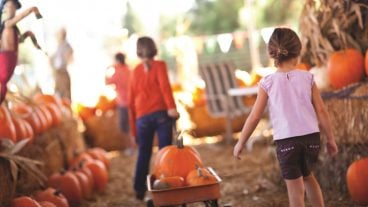
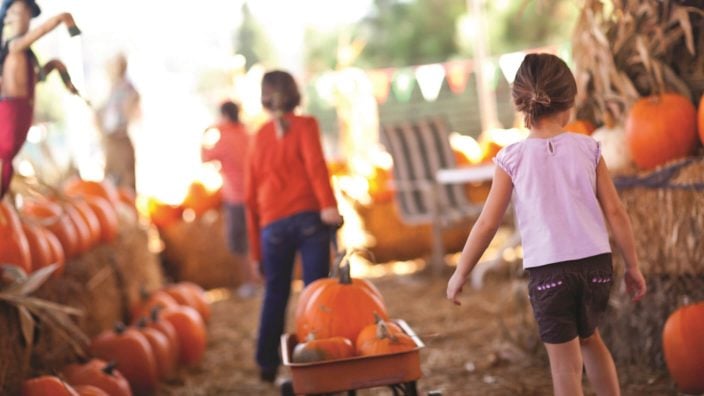
Before adding agritourism to your farm or ranch, think about the specific risks you and your visitors will face and how you’ll mitigate them.
Read More
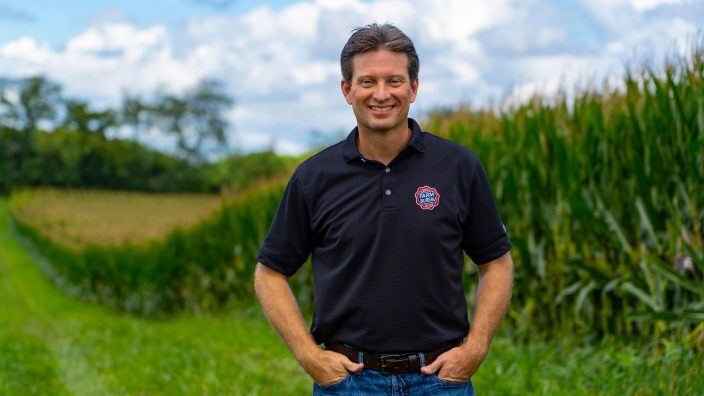
In today’s world of higher prices for just about everything, we often find ourselves asking if we are truly getting what we pay for. But when it comes to your Ohio Farm Bureau membership, the value far exceeds the dues you pay.
Read More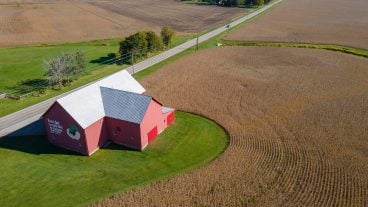
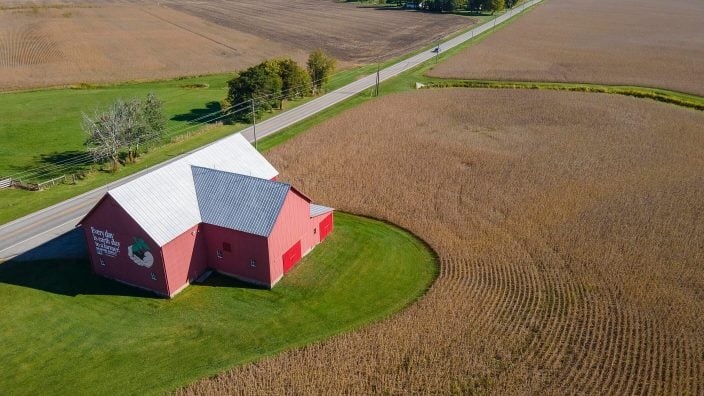
When ODOT initially unveiled its US Route 23 proposals, the Skinner family saw red flags all over the place and the need to take action.
Read More